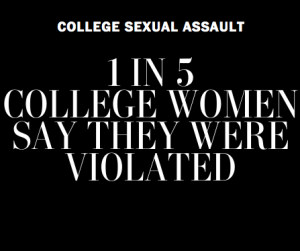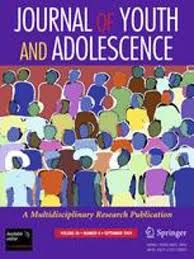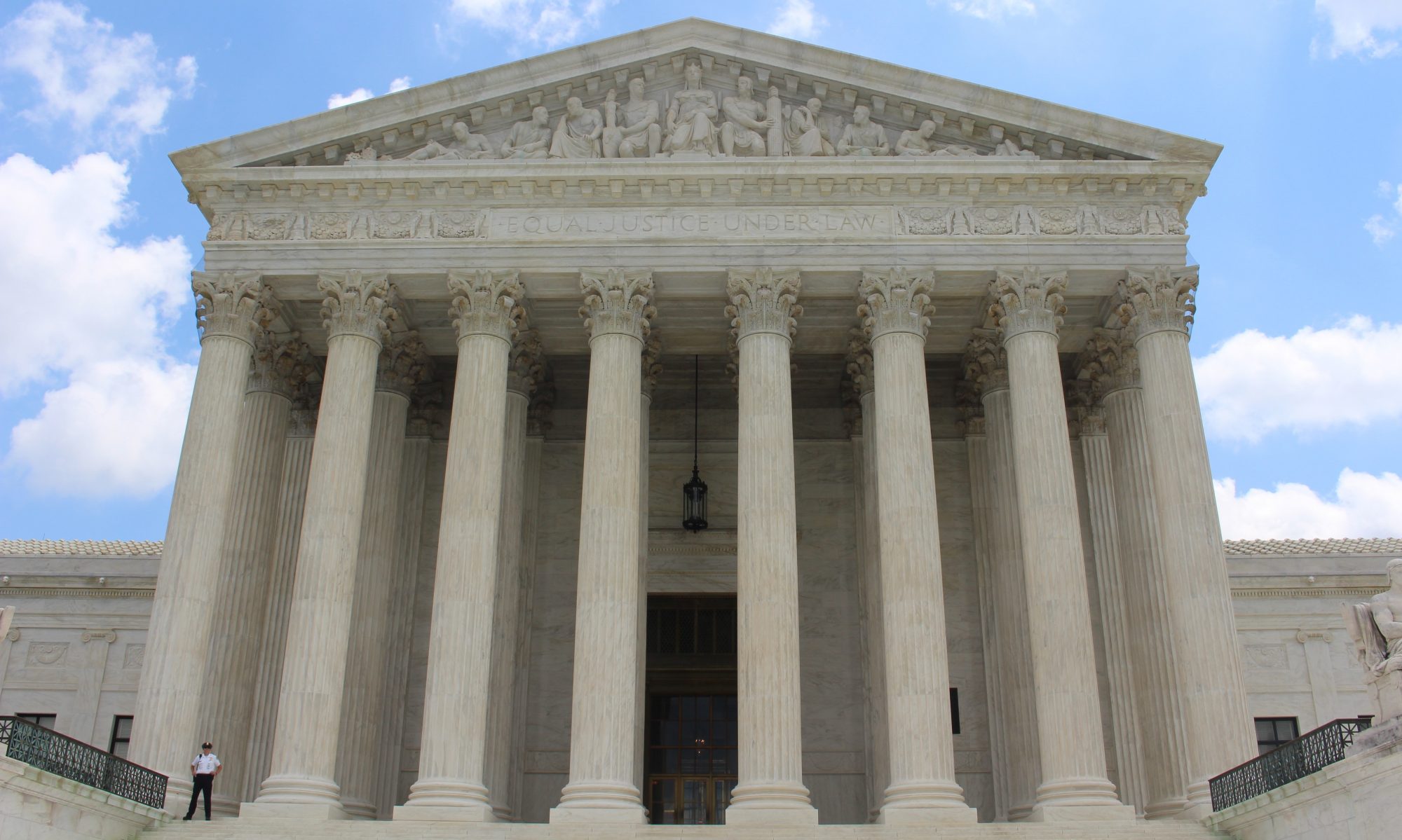Rigel C. Oliveri, Sexual Harassment of Low-Income Women in Housing: Pilot Study Results, 83 Mo. L. Rev. 597 (2018)
Griff Tester, An Intersectional Analysis of Sexual Harassment in Housing, 22 Gender & Soc’y 349 (2008)
Danielle Christenson, Chain of Command: The Barriers of Reporting Sexual Assault in the Military (2014).
“Reported rates of sexual assault in the military have increased dramatically over the past 10 years (Groves, 2013). One reason for the pervasiveness of sexual assault is the reporting structure. Despite changes in the way sexual assault complaints are handled, there continue to be numerous sexual assault scandals (Childress, 2013). The purpose of this study is to examine how the military’s chain of command influences the reporting procedures, and how this may influence the military’s ability to prevent sexual assaults. This thesis examines three case studies specifically focusing on military sexual assault reporting.”
Lindsay Rosenthal & Lawrence Korb, Center for American Progress, Twice Betrayed Bringing Justice to the U.S. Military’s Sexual Assault Problem (2013)
“This report discusses what is known about sexual assault in the military and outlines key reform goals to combat the problem. We argue that removing cases from the chain of command is a necessary step that the military must take to address military sexual assault. Taking the decision to prosecute assault cases out of the chain of command is critical to reduce sexual violence and hold sexual predators in the armed forces accountable. We discuss changes that need to be made, including increasing accountability for perpetrators and military leadership, improving victim services, increasing reporting of sex crimes to military authorities, and improving data collection and transparency related to sexual assault in the armed forces.”
David Cantor et al., AAUW/Westat, Report on the AAU Campus Climate Survey on Sexual Assault and Sexual Misconduct (Oct. 20, 2017)
“Members of the Association of American Universities (AAU) are working to combat sexual assault and misconduct on their campuses. As an association of research universities, AAU decided in 2014 that the best way to help its members address this issue was to develop and implement a scientific survey to better understand the attitudes and experiences of their students with respect to sexual assault and sexual misconduct. The survey’s primary goal was to provide participating institutions of higher education (IHEs) with information to inform their policies to prevent and respond to sexual assault and misconduct. In addition, members hoped that the survey would provide useful information to policymakers as well as make a significant contribution to the body of academic research on this complex issue.”
Nick Anderson & Scott Clement, 1 in 5 College Women Say They Were Violated, Wash. Post (June 12, 2015)

“The Washington Post and the Henry J. Kaiser Family Foundation teamed up to poll more than 1,000 people nationwide who have attended college within the past four years about sexual assault and campus culture. Post reporters then interviewed more than 50 women and men who responded that they had experienced unwanted sexual contact — or attempted or suspected sexual contact — while they were students. The series looks at the prevalence of sexual assault among college students and the factors that play a role in those assaults.”
Bianca DiJulio et al., Survey of current and Recent College Students on Sexual Assault, KFF Polling (June 12, 2015)
“This partnership poll from The Washington Post and the Kaiser Family Foundation examines the issue of sexual assault on college campuses by exploring the views and experiences of students ages 17 to 26 currently or recently enrolled in a four-year college or university who live on or near campus. The survey, one of the most comprehensive to date on the issue, explores students’ views of consent, effective prevention strategies, and school administrations’ handling of incidents, as well as provides new, nationally representative estimates of the share who say they were sexually assaulted during college.”
Charol Shakeshaft, U.S. Dept. of Educ., Educator Sexual Misconduct: A Synthesis of Existing Literature (2004)
“Any adult misconduct or sexual abuse in schools is of grave concern to students, parents, educators, and the Department of Education. This literature review of sexual abuse and sexual misconduct responds to the mandate in Section 5414 of the Elementary and Secondary Education Act of 1965 (ESEA), as amended, to conduct a study of sexual abuse in U.S. schools. To satisfy this mandate, the Department of Education contracted with Dr. Charol Shakeshaft of Hofstra University. Using the limited research that is available in this area, her literature review describes, among other topics: prevalence of educator sexual misconduct, offender characteristics, targets of educator sexual misconduct, and recommendations for prevention of educator sexual misconduct. We note that the author offers several new recommendations that may be worth considering, although some may be at odds with current law.”
Amy Young, Melissa Grey, & Carol J. Boyd, Adolescents’ Experiences of Sexual Assault by Peers: Prevalence and Victimization Occurring Within and Outside of School, J. Youth Adolescence 1072 (2008)

“This study examined adolescent peer-on-peer sexual assault victimization occurring within and outside school. The sample consisted of 1,086 7th through 12th grade students, with a mean age of 15. Most of the respondents were White (54%) or Black (45%), and approximately half of respondents were female (54%). A modified version of the Sexual Experiences Survey was used to assess opposite sex sexual victimization in 7th through 12th grade students. Rates of peer sexual assault were high, ranging from 26% of high school boys to 51% of high school girls. School was the most common location of peer sexual victimization. Characteristics of assault varied by location, including type of victimization, victims’ grade level, relationship to the perpetrator, type of coercion, and how upsetting the assault was. Distinctions between sexual assault occurring in and out of school are conceptualized with literature on developmental changes in heterosexual relationships and aggression.”
